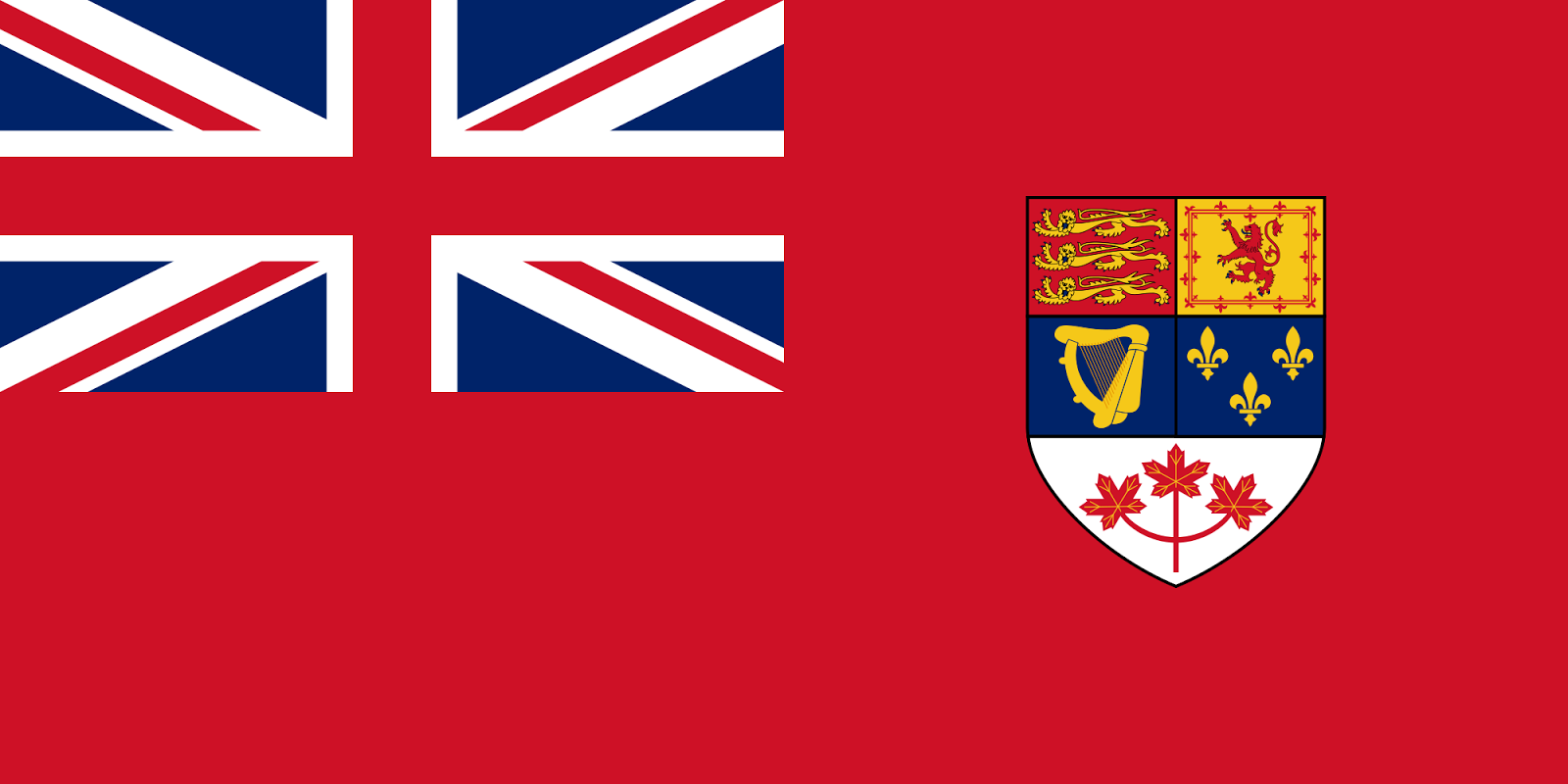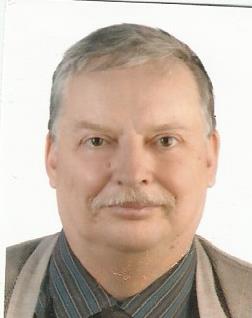We can also tell, from ancient Greek sculpture, that the ancient and the modern Greeks are the same people. Statues of Zeus look in profile very much, for example, like Spiro Agnew. You can tell the difference between a Greek and a Roman statue: it is the difference in appearance between the Greeks and the Italians today.
You can also see that the modern inhabitants of Egypt are the ancient inhabitants of Egypt--Nefertiti's profile is everywhere on the streets of Cairo.
From these examples, more broadly, I think we can hypothesize with some confidence that populations don't shift all that much. Languages, pottery styles, change far more readily than the actual ethnic makeup of the people. Otherwise, future archeologists might easily hypothesize from the distinctive pottery style of the Coke bottle that sometime around 1950, Americans killed everyone else and took over the planet.
Accordingly, we can actually plainly see that the people we now call “Bulgarians” are in fact largely the same ethnic group as the ancient people called “Thracians.”
Consider this ancient head from the Bulgarian Archeological Museum.
Surely that’s not a Greek head, or an Italian missing his greater corporeal part, but a Bulgarian.
How about this one, a Thracian king from the 4th century BC:


You tell me: if you saw that face drunk in an alley, would you think Greek? Italian? Or would you think Slav?
Here’s a golden death mask from an ancient Thracian tomb: fitted over the face of the corpse, it was presumably meant to preserve his facial features for eternity. Note the face will have been distorted by the attempt to flatten it for museum display. But what modern nationality do you see?

Yeah, I see a Slav too.
Not all the statues in the Sofia Museum look like "Slavs." But that is no surprise—Greeks and Romans certainly lived here too, from very early times. But the modern Bulgarians are not, ethnically, some distant tribe from the steppes who wandered here in historical times. The language did; not the people. They are essentially the direct descendants of the ancient Thracians.
THis is especially unsurprising considering the density of the Thracian population--Herodotus thought it was the most heavily populated nation in the world after India--much more populous than Hellas. This is a measure of the great fertility of the Thracian plain, far richer agriculturally than Greece.
Such a dense population is unlikely to just disappear. They are much more likely to assimilate anyone who might come along.













3 comments:
Your blog keeps getting better and better! Your older articles are not as good as newer ones you have a lot more creativity and originality now keep it up!
OK! Thrace had a city called Skotussa (Saka Hattusa) with its own Deme in Athens. Those guys were driven out of Athens over to Skodra near Corfu. They wore Gillies and Scottish plaid. They wove wool pleated tunics. They were related to the Phrygians who called their sons "laddies." Thank you for this article. My terrific finds are in concurrence with others who see Thracian leavings all around.
This is interesting ... and from where you get this information ???
Post a Comment